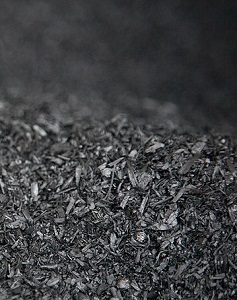
Question:
I am interested in making biochar in my small urban garden, and using it to amend my soil. Do you have resources on how to go about this?
Answer: We have a few books on this topic.
Biochar for Environmental Management is for large-scale landscapes, and
Gardening with Biochar (Jeff Cox, Storey Publishing, 2019) is a how-to for home gardeners. I recommend that you first read WSU professor Linda Chalker-Scott’s fact sheet,
Biochar: A Home Gardener’s Primer. Cox’s book offers directions for making a TLUD (Top Lift Up-Draft) stove for pyrolysis (combustion of organic matter with restricted air flow).
If created properly, biochar is a good way of sequestering carbon instead of releasing it. However, Chalker-Scott says “proper pyrolysis is impossible to achieve at home since oxygen is present and temperatures are too low. Improper cooking also generates carbon dioxide and other pollutants. You are better off using pruning debris and other home-garden wastes in your compost pile or on top of your soil as a natural and sustainable organic mulch layer. Ideally, biochar can be made commercially from excess crop residues, invasive plant species, such as kudzu and English ivy, and other organic materials that might otherwise end up in landfills.” Biochar is available for sale from some nurseries, much as you might purchase compost.